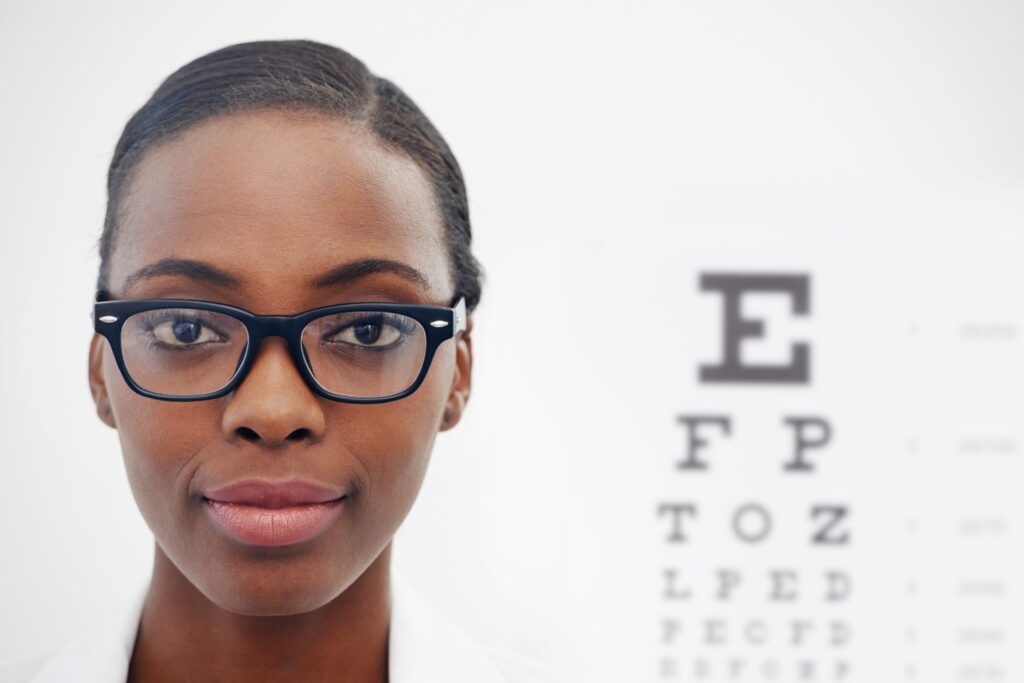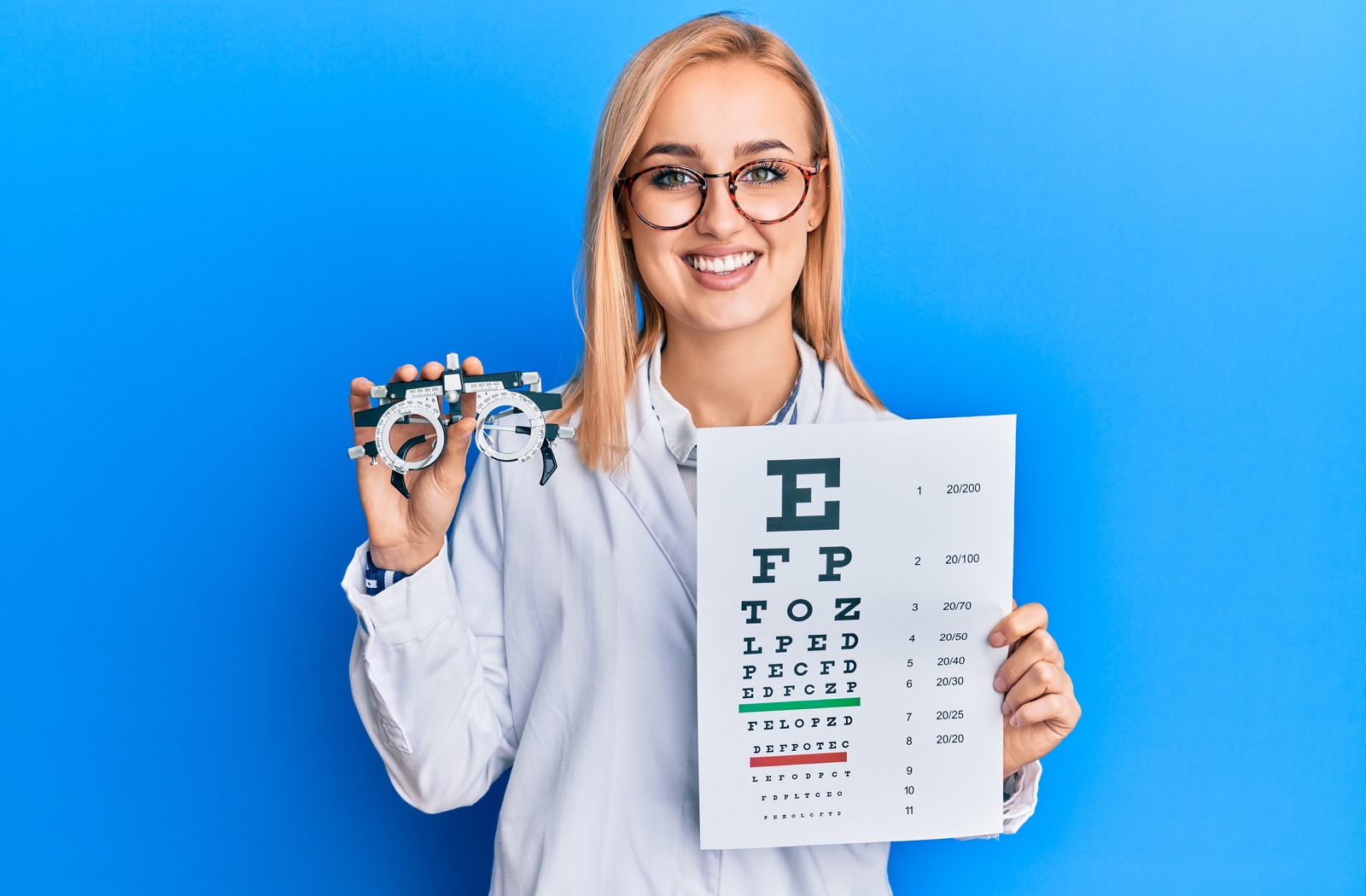Your Citizen Eye Doctor Optometrist: Dedicated to Clear Vision in Riverside
Your Citizen Eye Doctor Optometrist: Dedicated to Clear Vision in Riverside
Blog Article
The Comprehensive Eye Exam: What to Expect Throughout Your Visit to the Eye Physician
A check out to the eye doctor for a comprehensive eye exam is even more than a regular exam; it is a crucial action in safeguarding your visual health and wellness. What precisely occurs during the eye health assessment, and just how does it influence the prescription procedure?
Initial Assessment
The initial appointment during an eye exam acts as a crucial structure for understanding a patient's aesthetic health and wellness needs. This phase sets the tone for the whole examination procedure, permitting the eye doctor to gather essential details about the person's case history, way of life, and details vision worries. By carefully assessing any type of pre-existing problems, medications, or previous surgical treatments, the eye care expert can customize the examination to deal with specific needs efficiently.

Furthermore, the preliminary assessment is a possibility for individuals to articulate any type of concerns or worries, fostering a collaborative relationship with their medical care provider. This interaction not just makes certain that the patient really feels notified and comfortable but additionally encourages them to take part actively in their eye wellness administration. Collectively, these discussions make it possible for the eye doctor to develop a customized examination strategy, making sure ideal treatment and exact diagnosis.
Aesthetic Skill Test
Beginning the core elements of an eye examination, the aesthetic skill test is made to evaluate the intensity and clarity of an individual's vision. This crucial analysis helps figure out just how well a person can determine letters or icons at a standardized distance, commonly using a Snellen chart (Eye Doctor Optometrist). The chart consists of rows of letters that reduce in size inside out, with the person placed at a traditional distance of 20 feet
During the test, the patient is asked to cover one eye and check out aloud the smallest line of letters they can see plainly. This procedure is duplicated for the various other eye. The results are recorded as a fraction, with 20/20 vision suggesting regular aesthetic acuity-- where the client can see at 20 feet what a person with typical vision can see at that range.
The aesthetic skill examination additionally identifies potential refractive errors such as nearsightedness, astigmatism, or hyperopia, which might necessitate rehabilitative lenses. By establishing a baseline of aesthetic performance, the test is a crucial diagnostic tool that assists the eye care professional in establishing an appropriate treatment plan customized to the client's unique aesthetic requirements.
Eye Wellness Analysis
Following the visual acuity examination, an extensive eye wellness assessment is performed to ensure the general well-being of the eyes. This critical section of the eye test involves a thorough analysis of both the outside and internal structures of the eye. The ophthalmologist or eye doctor starts by taking a look at the eyelids, cornea, conjunctiva, and sclera for any type of signs of infection, swelling, or irregularities. Utilizing specialized equipment like a slit light, the professional acquires a magnified sight of the eye's composition, enabling thorough assessment.
Through the use of ophthalmoscopy or fundus photography, the retina, optic nerve, and blood vessels are diligently reviewed. In many situations, student extension is performed to improve exposure of the inner eye frameworks, although this may result in short-term light level of sensitivity for the individual.
In helpful resources addition, intraocular pressure is gauged to evaluate for glaucoma threat. This is normally done making use of tonometry, which can detect elevated pressure levels that might suggest prospective damage to the optic nerve. Collectively, these evaluations create a comprehensive analysis to maintain ocular health.
Refraction and Prescription
Refraction is a sophisticated treatment performed by eye care professionals to establish the exact lens power needed to deal with refractive mistakes such as myopia, hyperopia, presbyopia, and astigmatism. The goal of this treatment is to examine how light bends as it passes via the eye, enabling the specialist to determine whether restorative lenses are essential for enhanced visual skill.
During the refraction procedure, the client is asked to browse a phoropter, a gadget which contains different lenses. The professional will methodically change these lenses and ask the client to contrast clarity in between options till the best possible vision is attained. This procedure is essential in crafting an exact prescription that specifies the appropriate lens power for spectacles or contact lenses.
The prescription stemmed from this procedure not just optimizes vision however also functions as a structure for selecting appropriate corrective eyeglasses. It is vital to ensure that prescriptions are consistently updated, go to this site as modifications in vision can take place over time, highlighting the relevance of routine eye assessments. This thorough attention to detail assists keep clear, comfy vision in day-to-day live.
Follow-Up Suggestions

During a follow-up check out, the eye physician will conduct a collection of examinations to assess visual skill and look for any type of changes in vision that could demand an update to the prescription. Additionally, the follow-up gives a possibility to go over any pain or concerns experienced with present eyewear. Changes can be made to make sure comfort and efficacy, whether through lens modification or structure modifications.
For clients with recurring problems such as glaucoma, diabetes-related eye issues, or macular deterioration, more constant follow-ups may be essential. These visits are essential for handling and possibly reducing the progression of eye condition. Complying with these recommendations can significantly add to maintaining aesthetic health and protecting against look at this site long-lasting complications.
Final Thought
The thorough eye test is an important process for keeping aesthetic wellness, encompassing a comprehensive evaluation of clinical background and vision problems. Key components include the aesthetic skill test, which examines sight clarity, and the eye health evaluation, which takes a look at the total condition of the eyes.
A browse through to the eye medical professional for a detailed eye test is more than a regular exam; it is an important step in securing your aesthetic health and wellness.Kicking off the core elements of an eye evaluation, the visual skill examination is created to examine the sharpness and clarity of a person's vision.Adhering to the aesthetic acuity test, a comprehensive eye wellness analysis is carried out to guarantee the total well-being of the eyes. These gos to allow the eye treatment expert to keep track of changes in vision, upgrade prescriptions, and examine the overall wellness of the eyes. Secret components consist of the visual skill examination, which assesses sight clearness, and the eye health analysis, which takes a look at the overall problem of the eyes.
Report this page